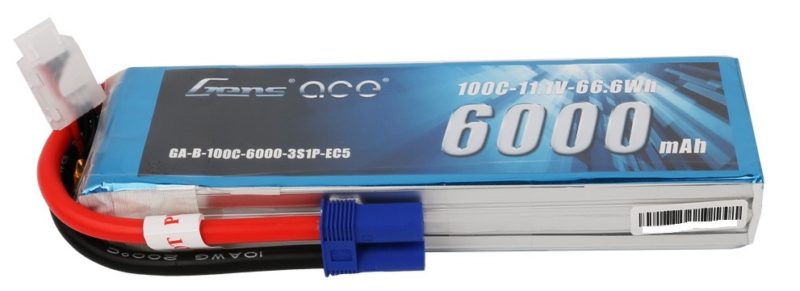All About Batteries
Batteries power many of our products, from RC to Airsoft, to E-Bikes. They are often an overlooked aspect of performance, and require proper care to remain operational. We aim to clear up misconceptions, and let you know how to best operate your products to ensure a long life.

Battery Types
Lead Acid Batteries
Maintenance of batteries is absolutely essential to the long-term value of an E-Bike. Generally in the form of 12V sealed cells, lead acid batteries power the vast majority of electric scooters we have in stock. It is very important to remember the following:
-Lead acid batteries should not be allowed to completely drain. They can be recharged, but it will severely shorten the life of the battery.
-It is necessary to keep the battery charged by charging on a regular basis. Even if an e-bike is not in use, we recommend charging the battery monthly.
-Do not expose the battery to extreme cold. Canadian winters can be severely destructive to lead acid batteries. Exposure to temperatures below -20 degrees C. can freeze and damage the battery.
-If a battery has bulging sides or reads below its rated voltage, it is likely damaged beyond repair, and should be replaced.
Ni-MH batteries are the most common battery in our RC and airsoft products. They are sometimes included with the car and offer good performance at a cheaper price then other options. Easy to maintain, there are a few things to remember about Ni-MH batteries.
-Do not charge at higher amps than the given Amp-hour rating. Slower is better, and if the battery is getting hot, you are charging it too fast.
-Do not let the battery die completely. This may in some cases damage the battery, but can also cause them to read incorrectly in some smart chargers, which can cause problems during charging.
It is very important to never short circuit, charge or discharge excessively quickly or physically damage a Lipo battery. Doing so, may cause the battery to catch fire and/or explode!
Do not charge a Lipo at a greater rate than 1c. Chargers may be capable of faster charging rate, but batteries are not designed to support it. If your Lipo is warm when you are charging it, you are charging too fast.
-It is very important to never let a Li-po battery die completely. Most products that use Li-pos have sensors built in to detect when a battery is nearing the end of it’s capacity and to automatically disable the vehicle. Be very wary if your vehicle does not have some form of low voltage detection. Letting a Li-po battery die is permanent and renders the battery useless. By the time you notice the power in your device slowing, it may already be too late.
-While Li-po batteries have exceptional discharge rates. High-end controllers may exceed this and damage batteries. A sign of damage to a battery is a “puffy” or bloated look. These should be discarded and recycled responsibly. Always make sure that the battery will support the estimated amperage required by the device. On the more extreme end, discharging a Li-po too quickly can cause it to catch fire.
-Do not throw out Li-po batteries. It is dangerous for landfills, and lithium is a non-renewable resource that is already facing shortages. Windsor Disposal Services will recycle used Li-pos that are dropped off at their location on Central.
